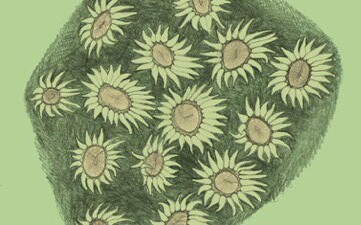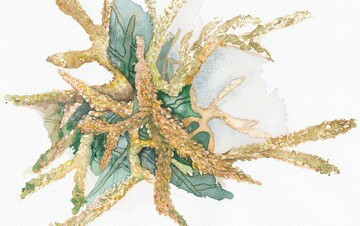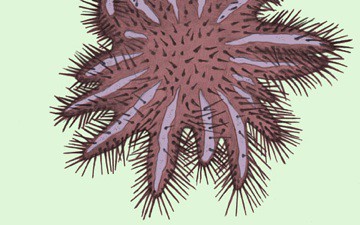Animalia

Brain Coral
Diploria strigosa


6 POINTS
• Acropora millepora is a WARM WATER CORAL SPECIES.
• It is a SUSPENSION FEEDER, and must be played adjacent to at least 1 ZOOXANTHELLAE PLANKTON SPECIES

Great Star Coral
Monastrea cavernosa


6 POINTS
• Monastrea cavernosa is a WARM WATER CORAL SPECIES.
• It is a SUSPENSION FEEDER, and must be played adjacent to at least 1 ZOOXANTHELLAE PLANKTON SPECIES.

Venus Sea Fan
Gorgonia flabellum


6 POINTS
• Gorgonia flabellum is a WARM WATER CORAL SPECIES.
• It is a SUSPENSION FEEDER, and must be played adjacent to at least 1 ZOOXANTHELLAE PLANKTON SPECIES.

Staghorn Coral
Acropora millepora


6 POINTS
• Acropora millepora is a WARM WATER CORAL SPECIES.
• It is a SUSPENSION FEEDER, and must be played adjacent to at least 1 ZOOXANTHELLAE PLANKTON SPECIES

Bluebell Sea Squirts
Clavelina moluccensis


5 POINTS
• Clavelina moluccensis is a FILTER FEEDER, and needs to be played adjacent to at least 1 compatible PLANKTON SPECIES.

Crown of Thorns Starfish
Acanthaster planci


8 POINTS
• Acanthaster planci must be (played) adjacent to at least 1 compatible WARM WATER CORAL SPECIES. • Or, Acanthaster planci is OPPORTUNISTIC. Place on top and discard any compatible WARM CORAL SPECIES.